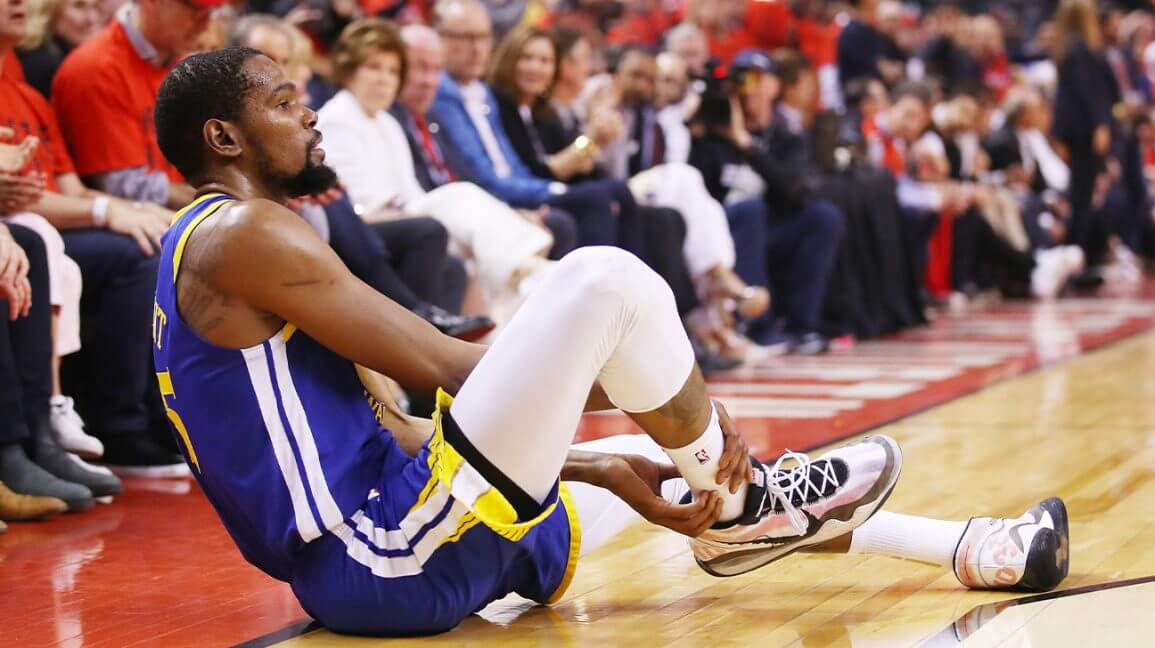The Achilles tendon is a thick band of tissue that runs along the back of the lower leg to connect your calf muscles (the gastrocnemius and soleus) to the heel bone. The primary action of these muscles is to plantarflex the foot, meaning bring the foot and toes down towards the ground. When these muscles contract, they pull on the Achilles tendon to lift the heel off the ground. Given the importance of this action for walking, running, and jumping, the Achilles tendon is frequently placed under high levels of stress. Although it is the largest and strongest tendon in the body, it is especially vulnerable to injury because of its limited blood supply and the constant stress placed on it. Achilles tendinitis and Achilles rupture are two types of injury that can occur to the Achilles tendon. Learn the similarities and differences between the two and how they can be treated by reading below!
What is Achilles Tendinitis?
Achilles tendinitis is an overuse injury of the Achilles tendon in which the tendon becomes irritated and inflamed from repetitive or excessive stress. It is common in athletes, especially runners and “weekend warriors”/athletes. Different factors may put an individual at increased risk of developing Achilles tendinitis such as tight or weak calves, flat feet, or suddenly increasing the amount and/or intensity of activity. Symptoms of Achilles tendinitis include pain and tenderness along the back of the leg or above the heel, stiffness, tightness in the calf, persistent swelling, and thickening of the tendon. Pain is usually worse in the morning/with the first few steps and worsens with activity.
What is an Achilles Rupture?
A complete tear of the Achilles tendon is known as an Achilles rupture. Unlike Achilles tendinopathy, Achilles rupture is usually the result of a sudden (acute) injury. It is typically caused by sudden starts/stops or sudden pivoting movements, but can also be the result of non-sport related events such as falling or missing a step. In comparison to Achilles tendinitis, rupture is a much more severe injury. One of the more notable symptoms of Achilles rupture is feeling or hearing a “pop” or “snap” at the time of the injury. Additionally, a person may experience sharp pain near the heel, significant swelling and bruising near the heel, and difficulty walking or standing on tiptoes (or a complete inability to do so).
How Are They Treated?
Achilles tendinitis can typically be treated well without surgical intervention. Rest, ice, anti-inflammatory medications, and orthotics are all conservative treatment options that can be helpful in controlling the pain associated with Achilles tendinitis. Physical therapy is particularly effective in maximizing recovery from Achilles injury with treatment plans focused on strengthening and range-of-motion exercises, manual therapy, pain management, and patient education. Given the severity of Achilles tendon rupture, it often requires immobilization in a boot or cast or complete surgical repair. With either treatment, physical therapy will be essential afterwards to regain strength, motion, and stability to allow an individual to return to their prior level of functioning.
Whether you are dealing with Achilles tendinitis or Achilles rupture, physical therapy can help. Call Respire Physical Therapy at (703) 671-1871 or click here today to schedule an initial evaluation and one of our trained physical therapists will develop a personalized treatment plan to help you get back on your feet as soon as possible!
Tags: physical therapist, choosept, alexandriava, fallschurchva, ptworks, sport injuries, achilles tendinitis pain, achilles rupture pain, Physical Therapy, Respire Physical Therapy



